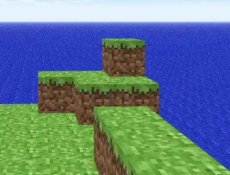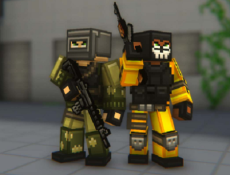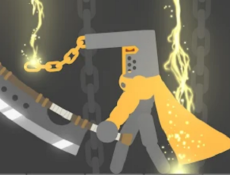Minecraft Classic was the earliest public version of the well-known building game. It was released in 2009 as a simple browser edition that allowed players to experiment with block placement and removal. This form of the game did not have survival mechanics, complex crafting systems, or the broad set of biomes that exist today. Instead, it focused on creativity in its raw form, giving each participant an empty world to shape with a limited set of blocks.


Minecraft Classic
Advertisement

Advertisement
Minecraft Classic was the earliest public version of the well-known building game. It was released in 2009 as a simple browser edition that allowed players to experiment with block placement and removal. This form of the game did not have survival mechanics, complex crafting systems, or the broad set of biomes that exist today. Instead, it focused on creativity in its raw form, giving each participant an empty world to shape with a limited set of blocks.
Building Mechanics And Simplicity
In Minecraft Classic the player had access to only thirty-two different blocks. These included basic stone, grass, dirt, water, and a few decorative options. The world itself was restricted in size and could not be expanded, which encouraged quick experiments instead of long projects. Despite these limits, the block-based system was strong enough to allow the construction of houses, towers, bridges, and other imaginative forms. The ability to instantly place or destroy blocks with a single click made the building process direct and fast, which was part of its early charm.
Social Play And Community
Even though Minecraft Classic was minimal, it supported multiplayer sessions through simple server connections. Friends could join the same map, see each other’s work, and cooperate on shared designs. At the time, this was unusual for a free browser game and became one of the reasons why it gained attention. Early community members used forums and small servers to organize group building sessions. This collective creativity highlighted the future direction of the game as a platform for collaboration.
Key features of the classic edition included:
- A free-to-play browser environment
- Thirty-two block types with no crafting
- Fixed world size with basic terrain
- Multiplayer through simple servers
- Focus only on building and exploration
Differences From Later Versions
Modern editions of Minecraft include survival mode, Redstone logic, infinite procedural terrain, and complex item crafting. None of these elements were present in Minecraft Classic. Players could not take damage, face hostile creatures, or gather resources. The gameplay loop was limited to exploring the fixed landscape and constructing with the available materials. These constraints may seem narrow compared to current standards, but they established the core mechanics that later versions expanded. Without the foundation of Classic, the growth of the entire franchise would not have been possible.
The historical importance of Minecraft Classic lies in its role as a prototype that proved the idea of block-based building worlds could be engaging. It introduced players to the concept of shaping digital landscapes freely and set the stage for further development. Today the version is preserved as a nostalgic browser experience, reminding the community of how a small experimental project became the base of one of the most influential games in digital entertainment.




















